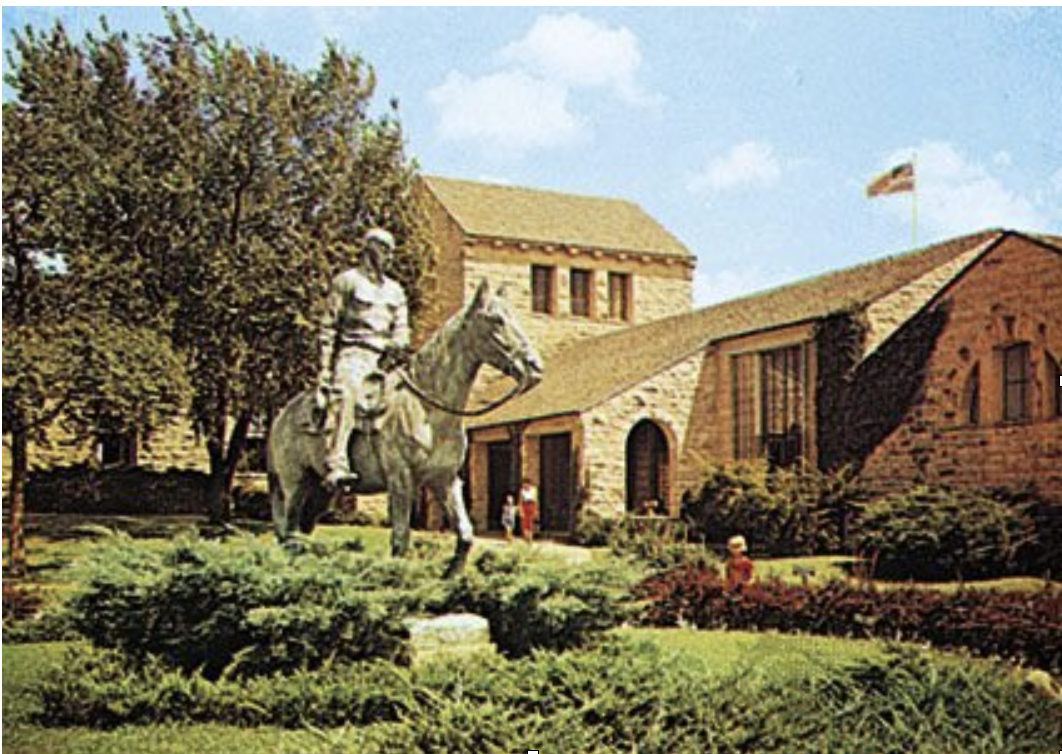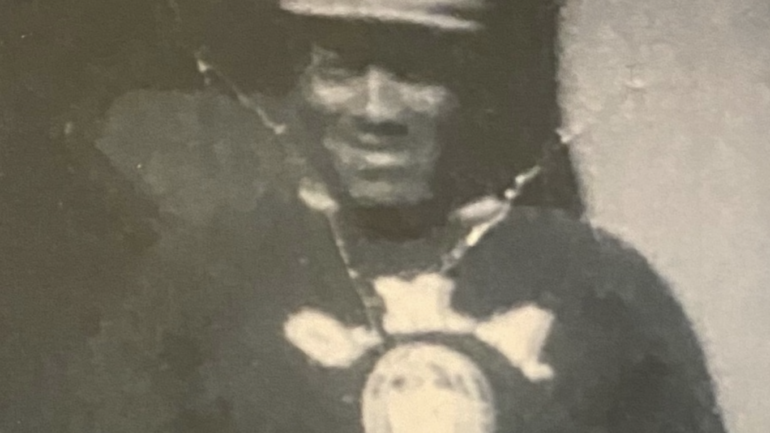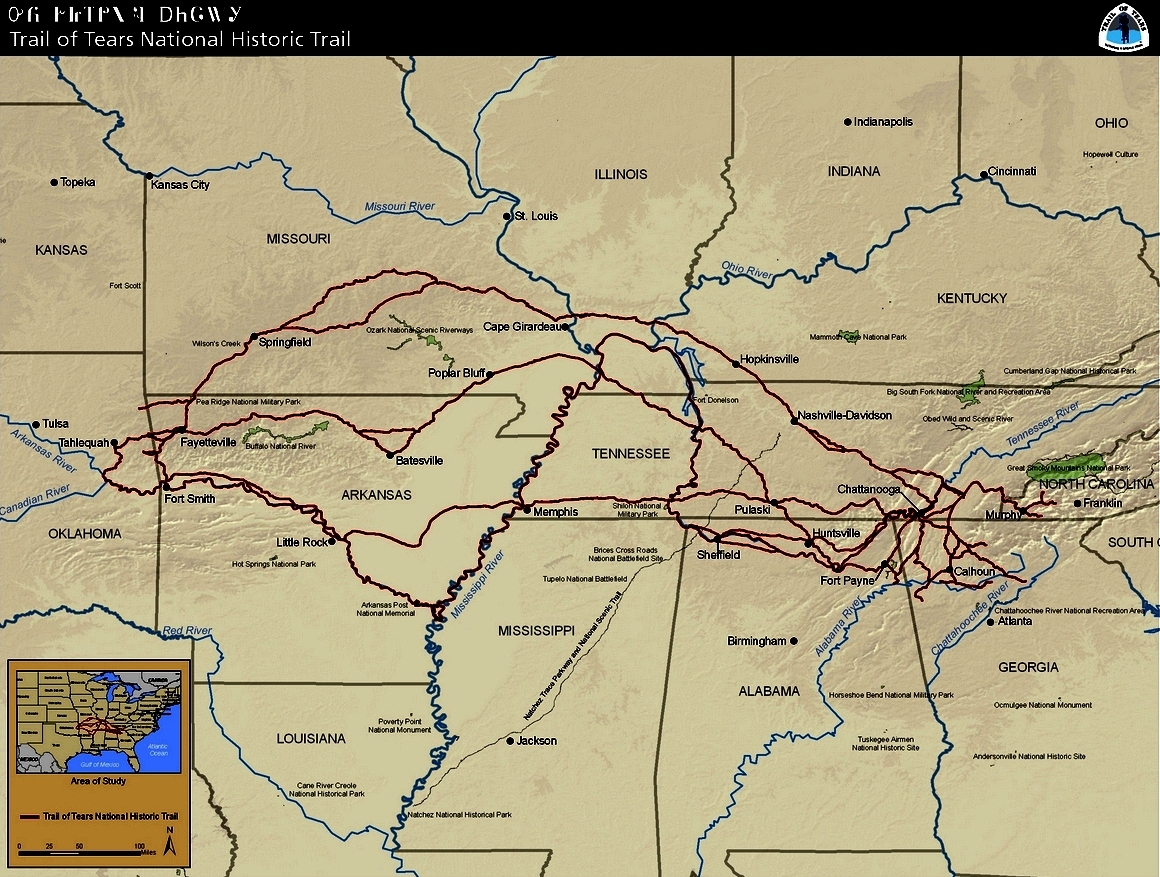Telling the History of Claremore…one story at a time
This article was published in the Centennial Edition of the Claremore Progress June 27, 1993 by Joe Carter.
Despite the raging 1930’s depression, Oklahoma Governor E. W. Marland gained $185,000 in state funding to build a Memorial at Claremore, the place Will Rogers called home and where he wanted to retire.
Legendary architect John Duncan Forsyth designed the regal “Oklahoma eclectic” structure on the 20-acre Claremore site donated by Will Rogers’ widow. W. R. Grimshaw Co. of Tulsa, using mules, skilled craftsmen and job-hungry laborers, was builder. Construction took only one year.
“The building is exceptionally well built,” said Clide Valentine, a veteran stone mason contractor who has worked on recent additions. “Settling cracks and structural defects simply have not appeared even after six decades.” Grimshaw was a master builder of the old school.”
Morton Harrison, owner of the Will Rogers Hotel and a member of the Will Rogers Memorial Commission, was credited as the driving force in civic efforts to establish the museum in Claremore.
On Will Rogers’ 59th birthday, November 4, 1938, slightly more than three years after the crash that killed the humorist and pioneer aviator Wiley Post, the building was dedicated.
At first, Betty Rogers indicated that only one room of the awesome structure would display Will Rogers’ artifacts, and Indian material would fill two others. However, when the widow began shipping Will Rogers’ saddles, photographs, papers, art and other collectibles-the entire museum quickly filled.
The Oklahoma legislature voted $35,000 for a bronze statue by Jo Davidson, renowned sculptor who worked in Paris that was installed in the rotunda. A second edition of the statue was placed in the nation’s capitol along with fellow Cherokee Sequoyah as one of two Oklahomans in the Hall of Fame.
Later, the famous “Riding Into the Sunset” statue by Electra Waggoner with Will Rogers atop his favorite pony Soapsuds, was installed in the Memorial parking lot, then moved later to a position overlooking the tomb with Claremore sprawling the background.
For 35 years, Will Rogers’ niece, Paula McSpadden Love, and her husband, Bob, oversaw and built the memorial as curator and manager. Reba and Delmar Collins followed in the positions for several years. Michelle and Joseph Carter have teamed at the Memorial and Birthplace the past four years.
Through the leadership of then State Rep. Stratton Taylor, state funding for a second wing was gained and dedicated November 4, 1982…44 years after the museum first opened. Seven galleries packed with artifacts and memorabilia of Will Rogers’ remarkable life now are open to the public.
The purpose of the museum at Claremore and at the Birthplace at Oologah is to keep alive Will Rogers’ renowned wisdom and humor that were spawned on the Dog Iron Ranch and as he rode across the bucolic hills of what would someday be named Rogers County, in honor of Clem, Will’s father.
Proud to be a Cherokee Indian, Will Rogers rose to fame as a skilled trick roper whose folksy wit and uncanny insight captured smiles worldwide and have provoked thinkers for decades.
The stately “White House on the Verdigris” home of his birth reigns as centerpiece of the “living history” Dog Iron Ranch still standing on the shore of Lake Oologah two miles east of Oologah. It was the famous Clem Rogers’ 60,000-acre spread feeding 10,000 head of longhorn cattle on the world’s richest bluestem grass when Will Rogers was born on the Dog Iron Ranch, November 4, 1879.
Will’s father, “Uncle Clem,” may have been the richest man in Indian Territory at the time of Will’s birth. He was a senator in the Cherokee Nation and a judge who would become the eldest delegate to the Oklahoma Constitutional Convention in 1907.
But, by the time Oklahoma became a state, Will Rogers had joined a Wild West show in Africa; sailed around the world, and became a rising star of the New York stage.
Then came a decade in the Ziegfeld Follies. During a fabled lifetime, he starred in 70 movies and gained international fame as a radio commentator, newspaper columnist, author and confidant of presidents from Teddy Roosevelt to Franklin Roosevelt. He even lunched with Harry Truman. The multi-faceted life of Will Rogers drawing on many talents captured the hearts, minds and imagination of humanity.
Will Rogers’death in a 1935 Alaska plane crash with Wiley Post caused the networks to leave the air in quiet observance. Even Congress was silenced for a minute. The story was bannered in newspapers worldwide…many on exhibit today at the Memorial. And, at his temporary burial site in California, 50,000 persons passed his bier.
Nine years after the crash, as his wife Betty, suffered a terminal illness, Will Rogers’ body was quietly transferred to the sunken garden tomb on the 20-acre Claremore site where he had planned to retire.
Instead, it would be his final resting place. A few weeks after the transfer in 1944, Mrs. Rogers was placed at his side. The body of their two-year-old son, Fred Stone Rogers, who had died a quarter century earlier of diphtheria, joined his parents. Nearly a half century later, the body of their daughter Mary joined the family with her sister-in-law, Astrea.



